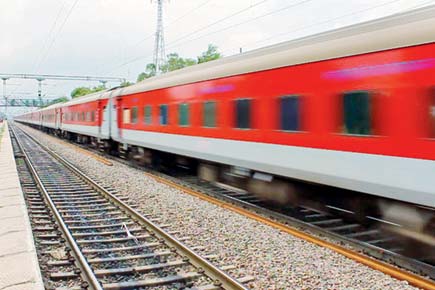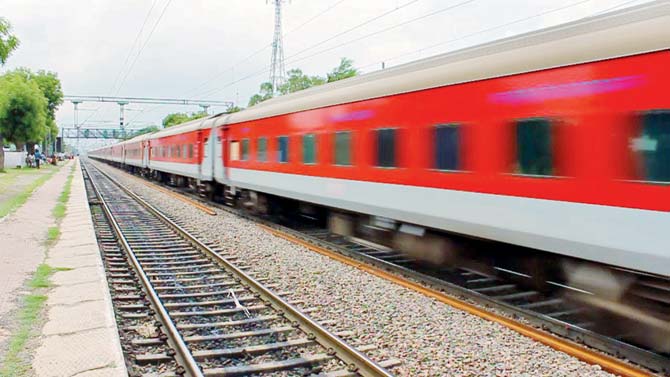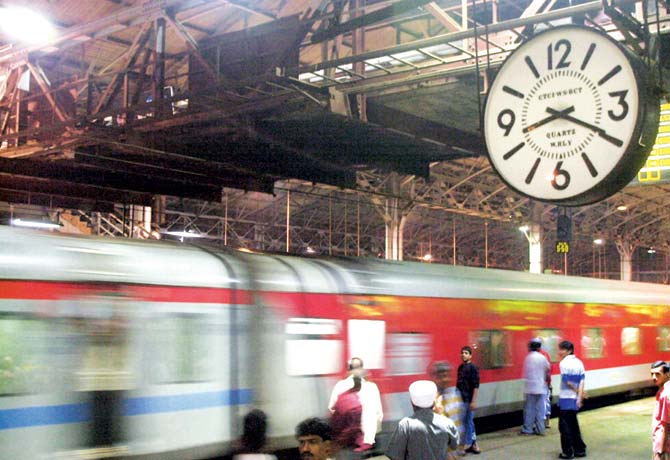Western Railways has submitted their estimate of turning the Mumbai-Delhi corridor for upgrading the Rajdhani and August Kranti Express to 160 kmph from their current 130 kmph


ADVERTISEMENT
Upgrading to the fast lane is set to cost the Indian Railways a pretty penny. After Railway Minister Suresh Prabhu announced in the Railway Budget this year his plans to upgrade several trains to semi high-speed pace under ‘Mission Raftar,’ the Western Railways has submitted their estimate of turning the Mumbai-Delhi corridor, which sits at a cosy Rs 10,000 crore for upgrading the Rajdhani and August Kranti Express to 160 kmph from their current 130 kmph.
Also Read: Reasons why public backlash to railway passenger fare hike is unnecessary

The Rajdhani Express currently runs at a speed of 130kmph. Representation pic
Sources said that the first such project on the Mumbai-Delhi route, wherein Rajdhani and August Kranti will be upgraded, would cost the Indian Railways anywhere between Rs 10,000-12,000 crore.
The officials added that they are going to break down work on this route into phases. In the first phase, railway authorities are looking at making necessary technical changes on the Mumbai-Ahmedabad route, which would alone cost around Rs 3,000 crore.
Navigating the upgrade
“But it’s not that simple to increase 30kmph. There are a lot of improvements needed on the entire route and each department has given an estimate of the cost that shall be incurred,” said a senior official from Western Railway. WR coordinated with other zones whose rail lines come on the route for their feasibility study.
Read Story: Flexi fare system in Rajdhani, Duranto and Shatabdi trains
To ensure 160kmph speeds are achieved, the Railways will have to strengthen tracks, upgrade signalling systems and fence vulnerable sections to prevent trespassing.
Accommodating others
The other passenger and Mail express trains, which run at lesser speeds, too need to be accommodated to ensure that Rajdhani and August Kranti operate at higher ones. Close to 90 long distance and 100 goods and freight trains run on the Mumbai- Delhi corridor on a daily basis.
Sources said that the best way to achieve this — at least for the long distance trains entering Mumbai — would be through creation of five to six lines.
This would separate the suburban and long distance passenger trains. Currently, there is a fifth line between Mumbai Central and Borivli, while work on a sixth line is underway and is expected to take another three to four years for completion.
 Subscribe today by clicking the link and stay updated with the latest news!" Click here!
Subscribe today by clicking the link and stay updated with the latest news!" Click here!






